Embark on an extraordinary journey into the vibrant heart of Kenya, where the ancient echoes of two distinct cultures, the Mijikenda and the Maasai, beckon with their unique narratives. SKYIN is exceptionally proud to be an exclusive DMC (Destination Management Company) offering our esteemed guests the unparalleled privilege of immersing themselves in day-long cultural adventures with both of these remarkable tribal communities. This authentic opportunity allows for an intimate understanding of their traditions, a profound connection with their ways of life, and an appreciation for the rich tapestry they weave into Kenya’s identity.
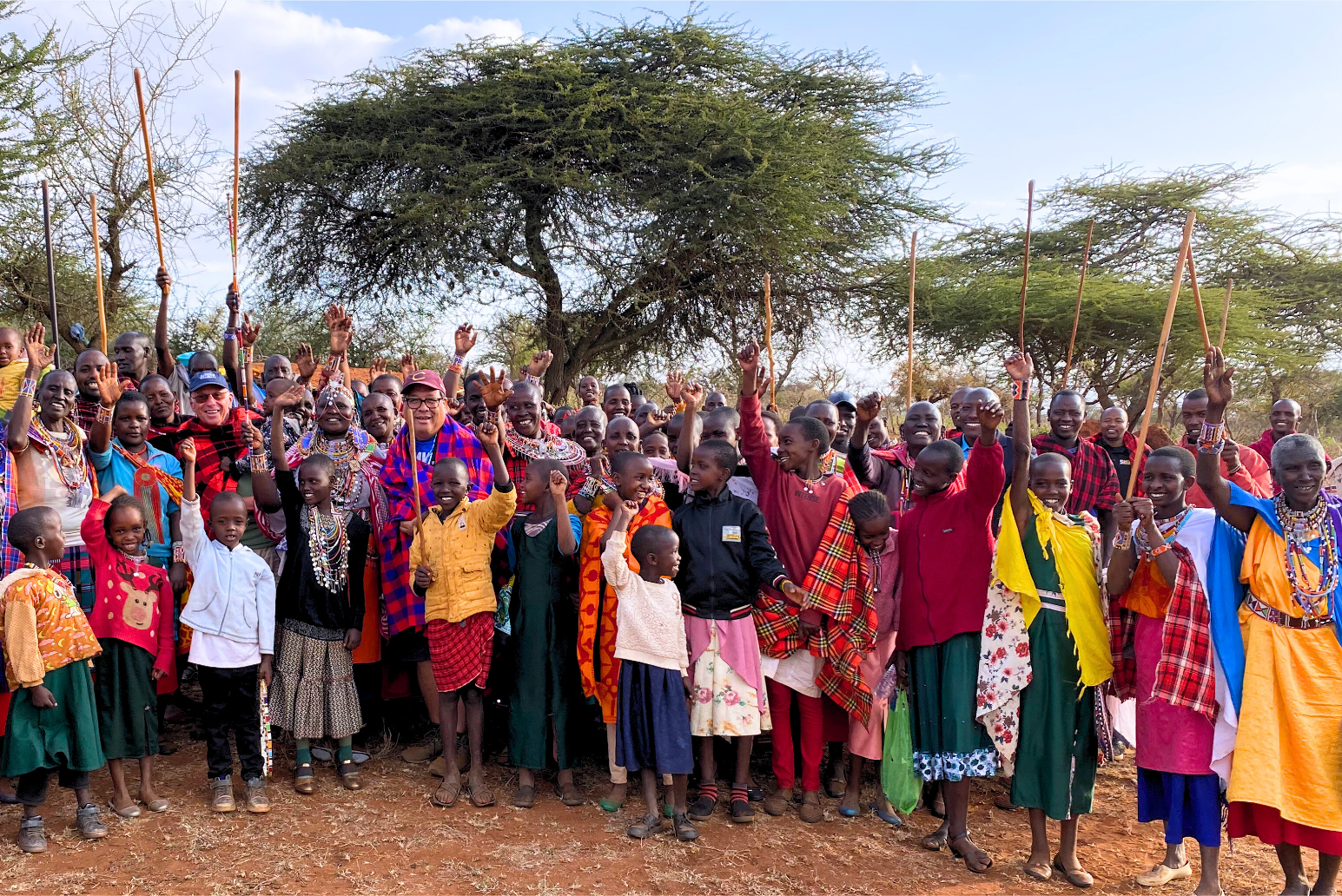
THE MIJIKENDA
Guardians of the Sacred Kaya Forests
Along the serene and sun-kissed Kenyan coast, nestled amidst verdant landscapes, reside the Mijikenda people. They are not merely inhabitants of this beautiful region; they are the devoted guardians of the ancient and profoundly spiritual Sacred Kaya Forests. These aren’t simply tracts of woodlands; they are living, breathing repositories of ancestral wisdom, hallowed spiritual sanctuaries, and the very bedrock upon which Mijikenda identity is built. To truly comprehend the essence of the Mijikenda is to grasp their profound reverence for these UNESCO World Heritage sites.
Within these sacred groves, every gnarled tree and hushed grove whispers tales of a rich history rooted in agricultural life and a thriving coastal trade. Their traditions, their governance, and their very existence are intrinsically linked to the preservation of these sacred spaces. It is a culture born and nurtured in the intimate embrace of the forest, where the rustling leaves carry the echoes of generations past, and the trees stand as silent witnesses to their enduring heritage. Their connection to the Kaya is not just a belief; it is a way of life, a spiritual lifeline that has sustained them for centuries.
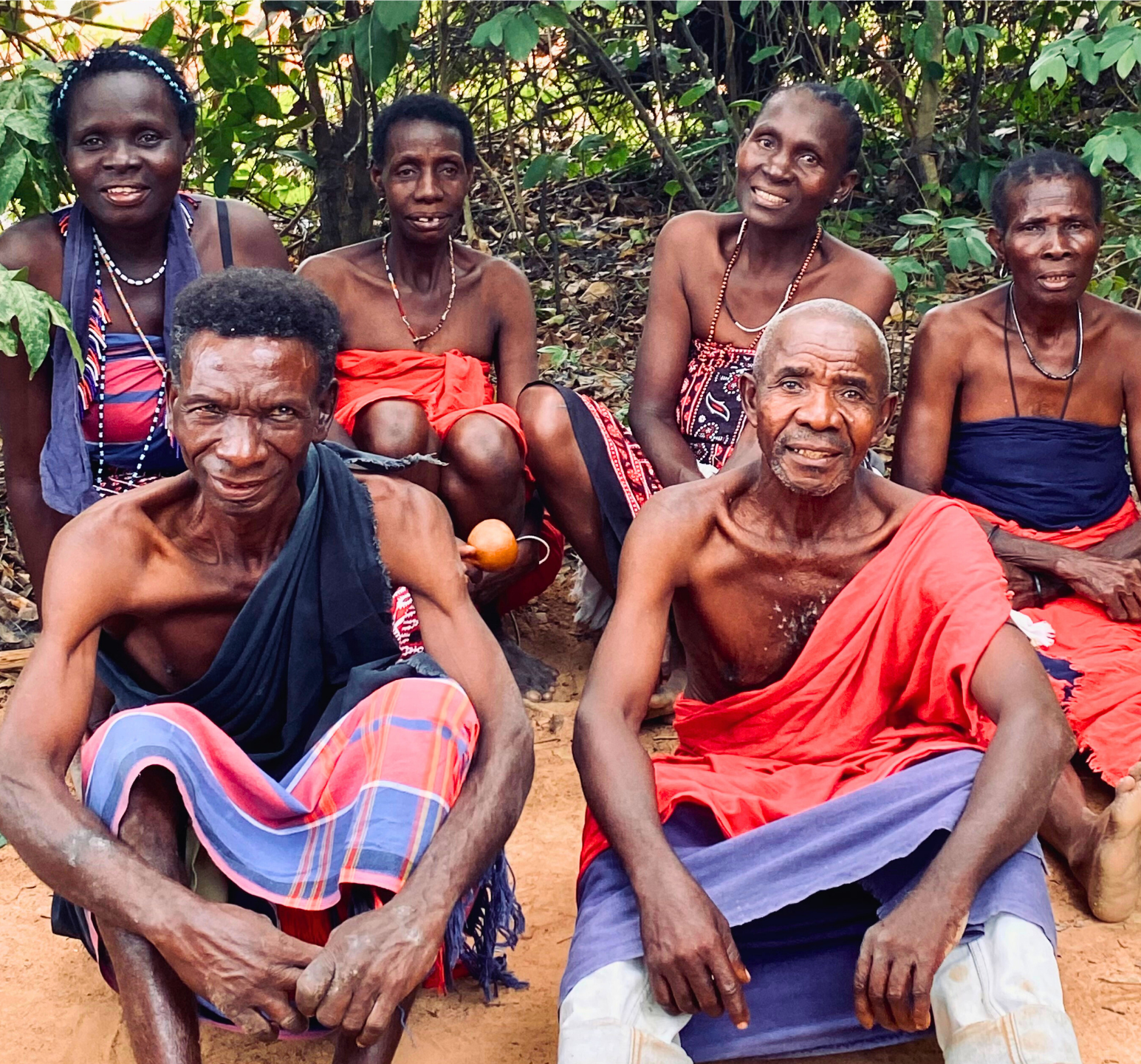
THE MAASAI
Nomads of the Sweeping Savannas
In striking contrast to the Mijikenda’s coastal sanctuary, the Maasai evoke powerful images of sweeping, boundless savannas, their lives interwoven with the timeless rhythm of their revered cattle. Their globally recognized iconic red shukas, draped with an elegant grace, and their powerful, gravity-defying jumping dances are far more than mere cultural markers. They are vibrant testaments to a dynamic pastoral existence, where every facet of their social structure, their robust economy, and their deeply held spiritual beliefs finds its unwavering anchor in their cherished livestock.
For the Maasai, cattle are not just animals; they are a source of wealth, status, sustenance, and spiritual connection. Their semi-nomadic existence is a breathtaking dance with the vast, untamed land, a testament to their remarkable resilience and to traditions forged under the expansive, wide-open skies. Their deep knowledge of the land, their intricate understanding of animal husbandry, and their unwavering communal bonds are all reflections of a life lived in harmony with nature, defined by the journey and the survival of their herds.
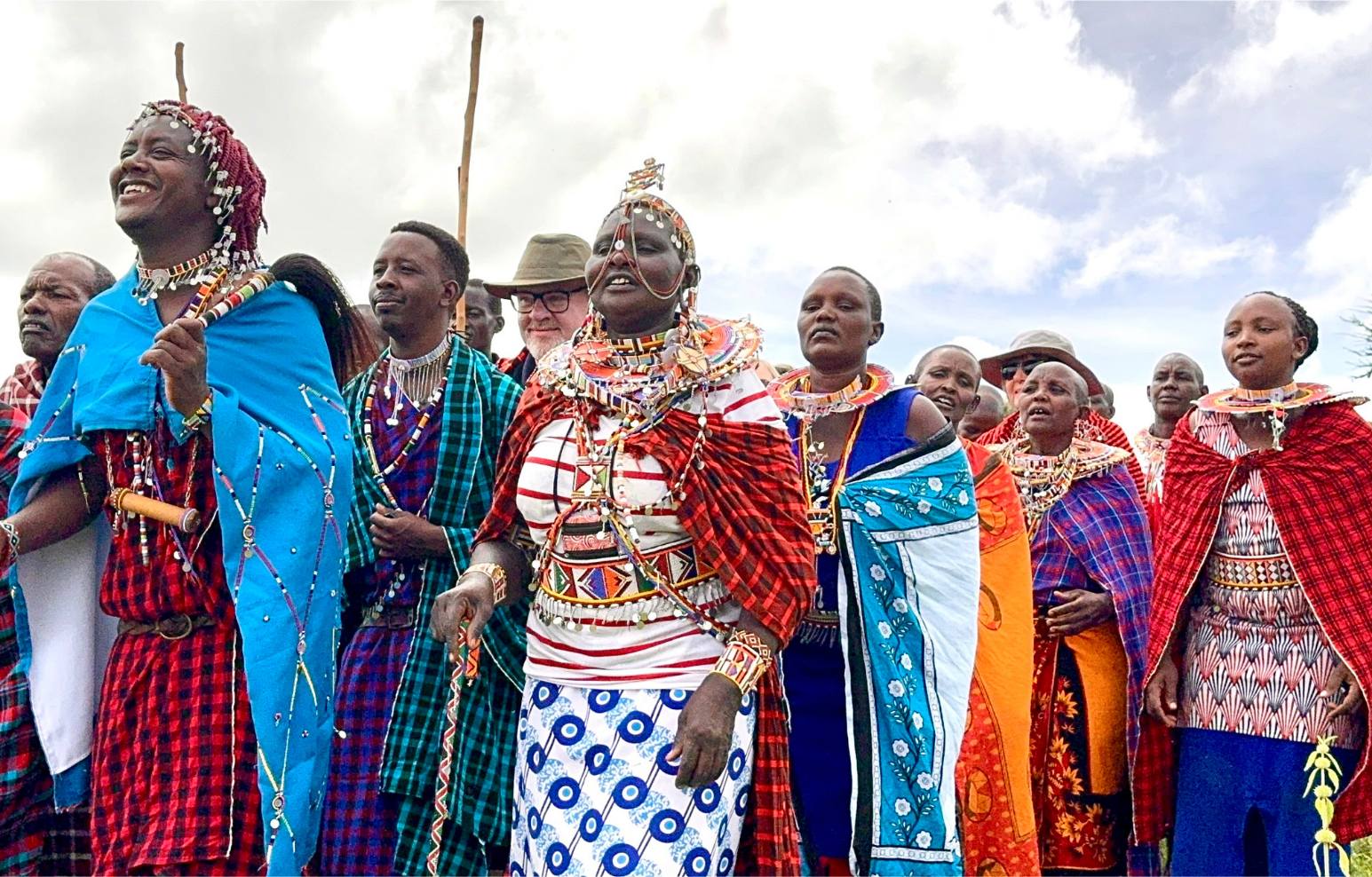
HUMAN ADAPTATION & BELIEF
Environmental Roots: A World Apart
Reflecting on the profound distinctions between these two remarkable cultures reveals a truly beautiful tapestry of human adaptation and belief, showcasing the incredible ingenuity and diversity within a single nation.
The Mijikenda draw their very lifeblood from the verdant, spiritual embrace of the coastal forests, a world away from the Maasai’s dominion over the expansive, sun-drenched grasslands. One culture is intimately shaped by the dappled light and rich soil of the forest, the other by the vast horizons and the cyclical migration across the open plains. Their landscapes are not just backdrops; they are co-authors of their identity.
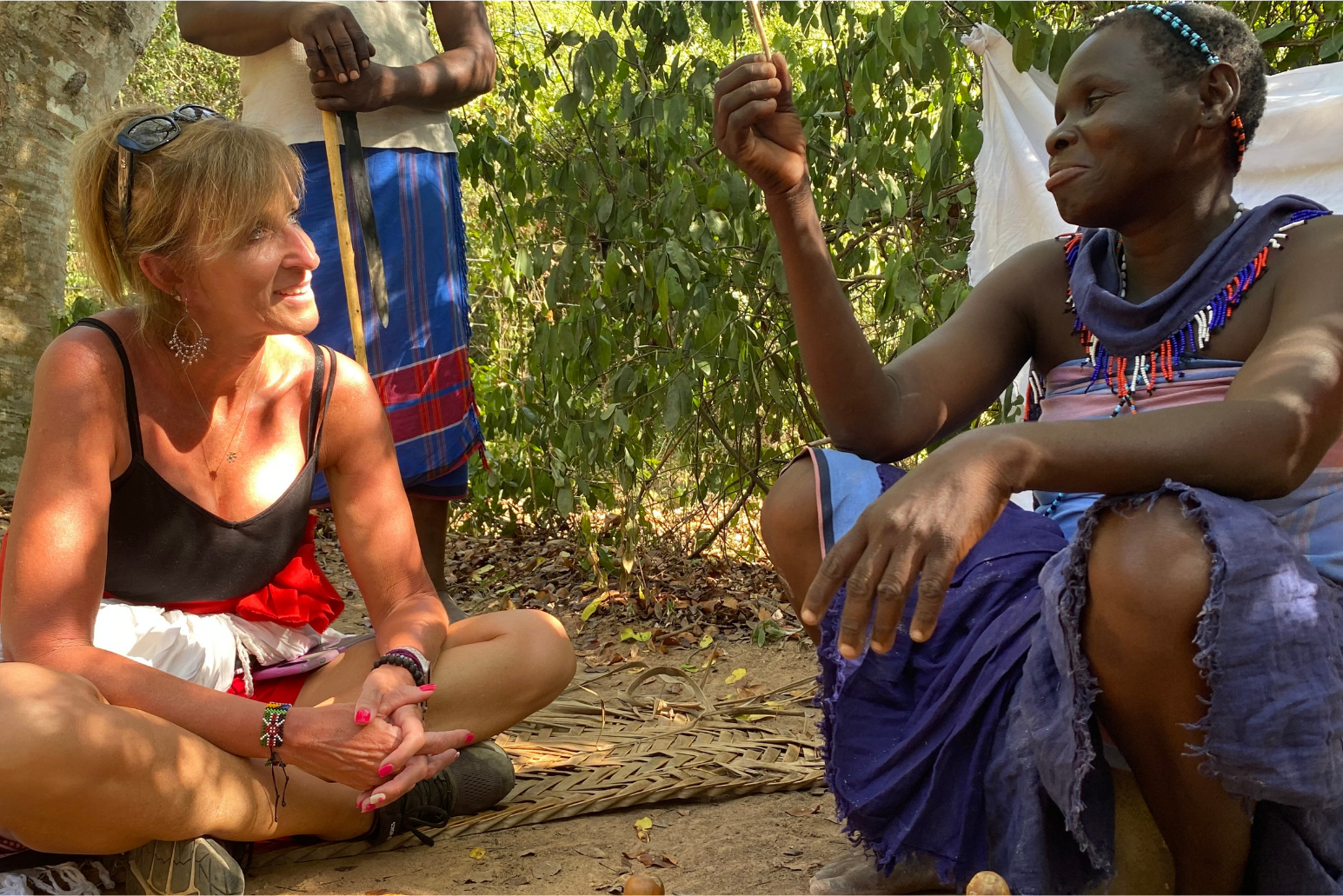
Livelihood as Identity: More Than Just Work
For the Mijikenda, their community has been built upon the cultivation of crops and the vibrant trade that flourished along the coast. In stark contrast, the Maasai’s identity is inextricably linked to the guardianship and the majestic movement of their precious herds across vast plains. These are not merely jobs or economic activities; they are foundational pillars of their respective identities, shaping their societal structures, their daily rituals, and their worldview. Their chosen livelihoods are profound expressions of who they are as a tribe.
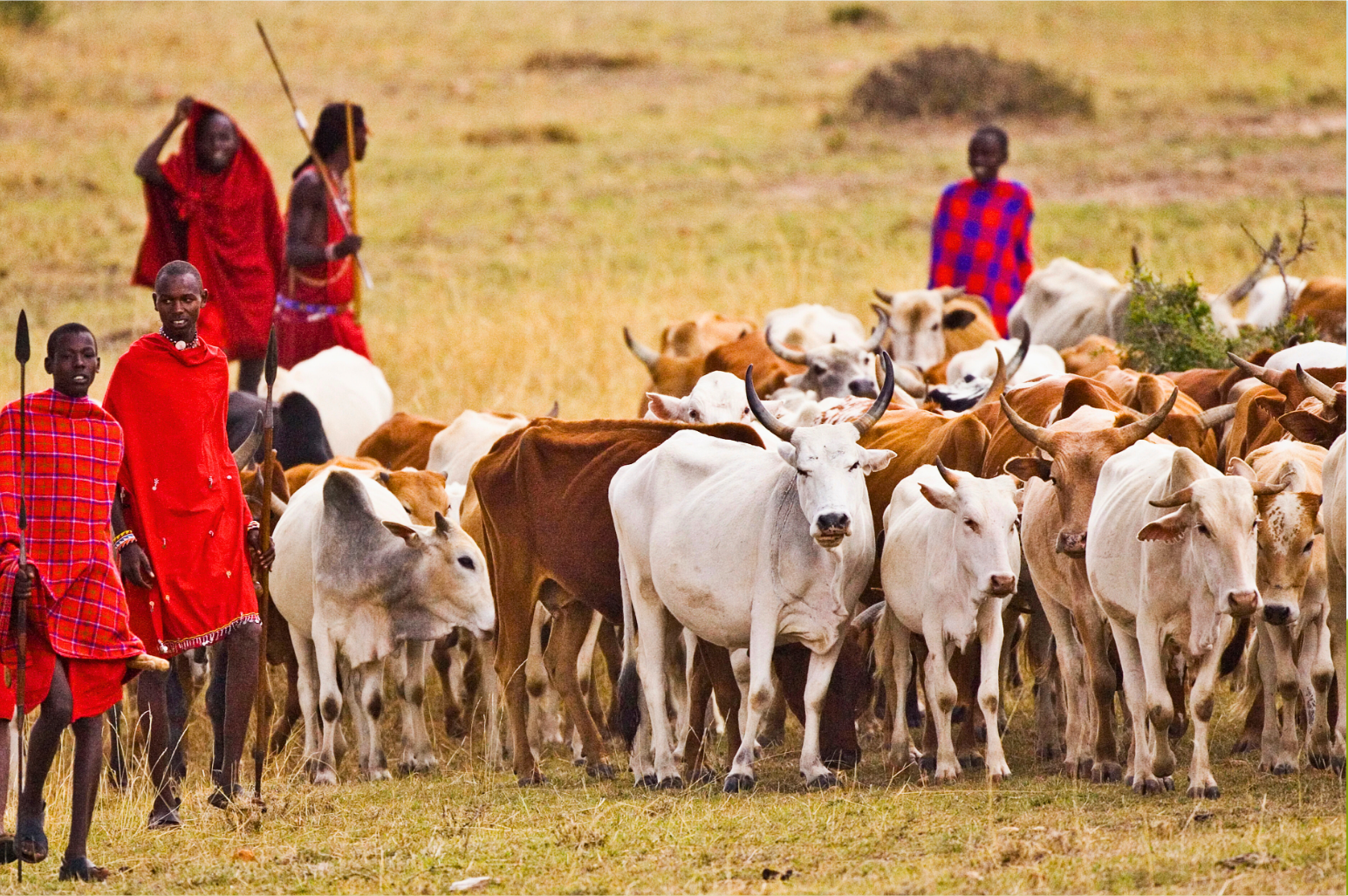
Cultural Soul: Distinct Expressions of Environment
While both the Mijikenda and the Maasai resonate with the richness of oral histories and boast distinct, complex social structures, their rituals and symbols are deeply personal expressions of their unique environments. For the Mijikenda, the sacred Kaya Forest is the very soul of their being, a spiritual heartland that guides their every step. For the Maasai, it is the revered cattle – their sustenance, their wealth, their spiritual connection – that embody the essence of their existence. These cultural anchors illustrate how deeply human beliefs and practices are intertwined with the natural world around them.
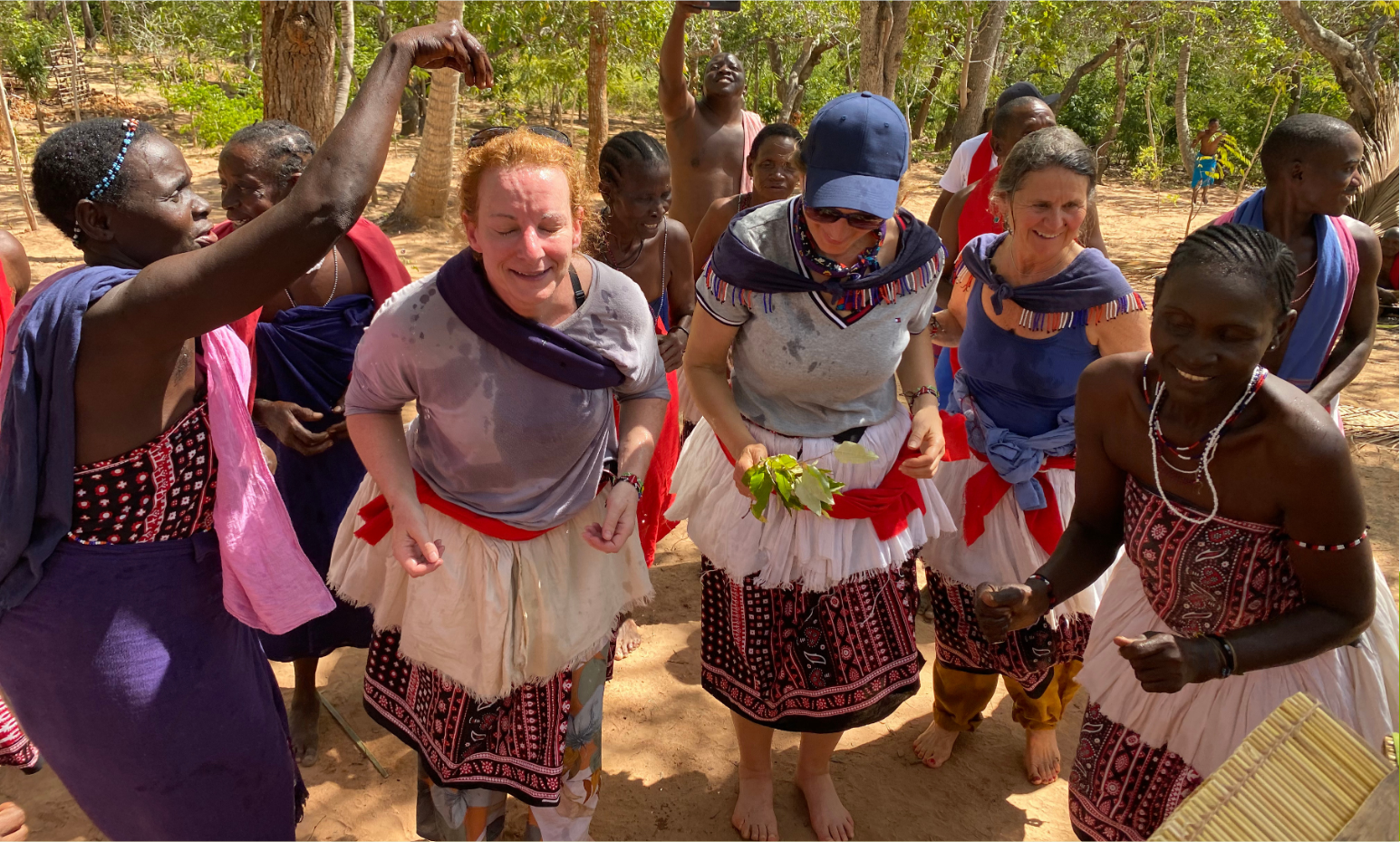
To delve into the worlds of the Mijikenda and the Maasai is to witness the incredible breadth and depth of human experience contained within the borders of a single nation. Their differences are not merely facts to be cataloged or distinctions to be noted; they are compelling stories to be felt, to be understood, and to be deeply appreciated.
By experiencing their unique ways of life, we deepen our appreciation for the profound beauty, the intricate complexity, and the vibrant resilience of Kenya’s truly magnificent cultural mosaic. While many people already know of Kenya’s breathtaking savannas and safaris, including an immersive tribal visit can provide travelers with a much deeper understanding and appreciation of Kenya’s unique soul. This journey is an invitation to connect, to learn, and to be transformed by the powerful narratives of human adaptation and enduring spirit.
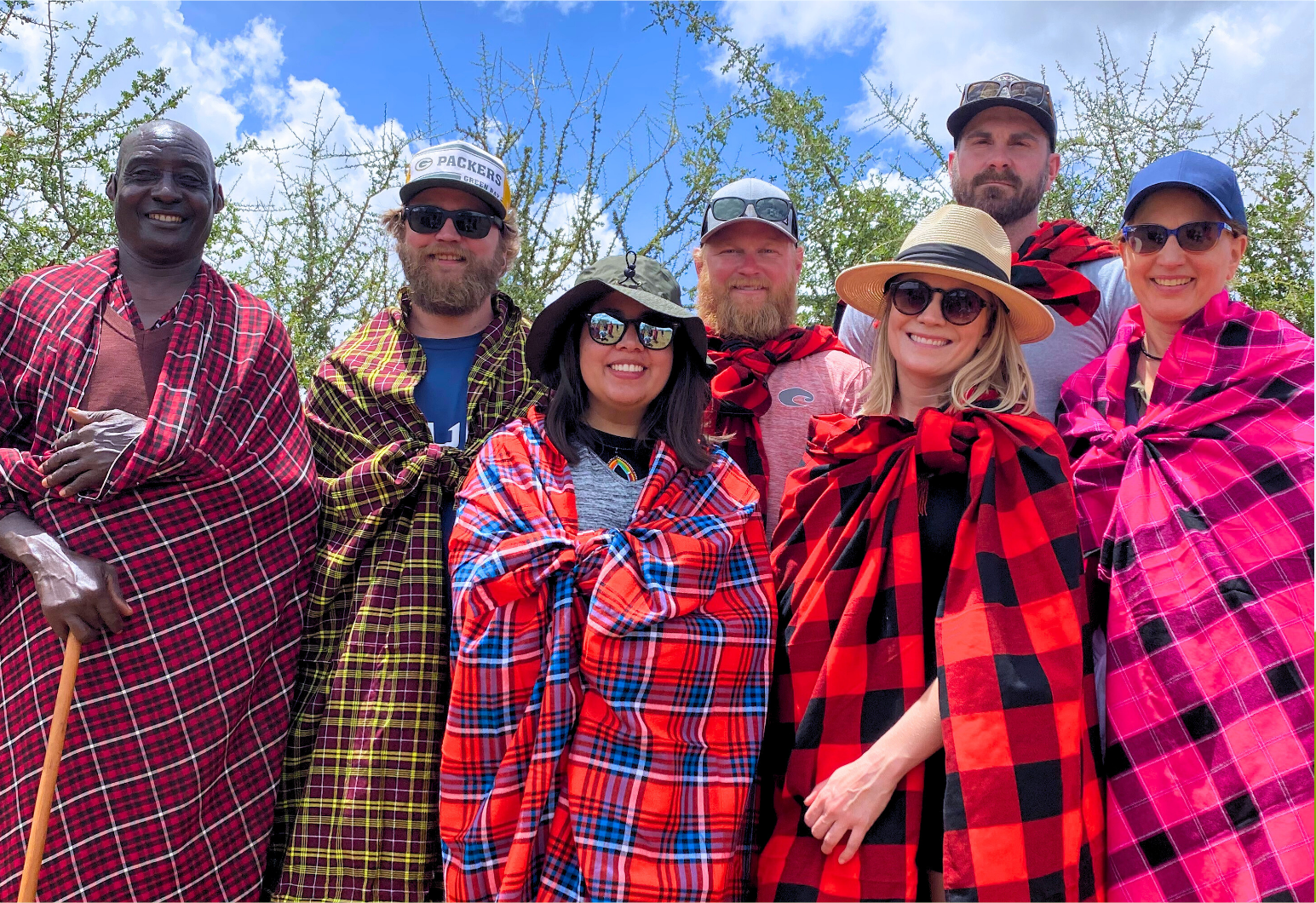
Last modified: July 22, 2025
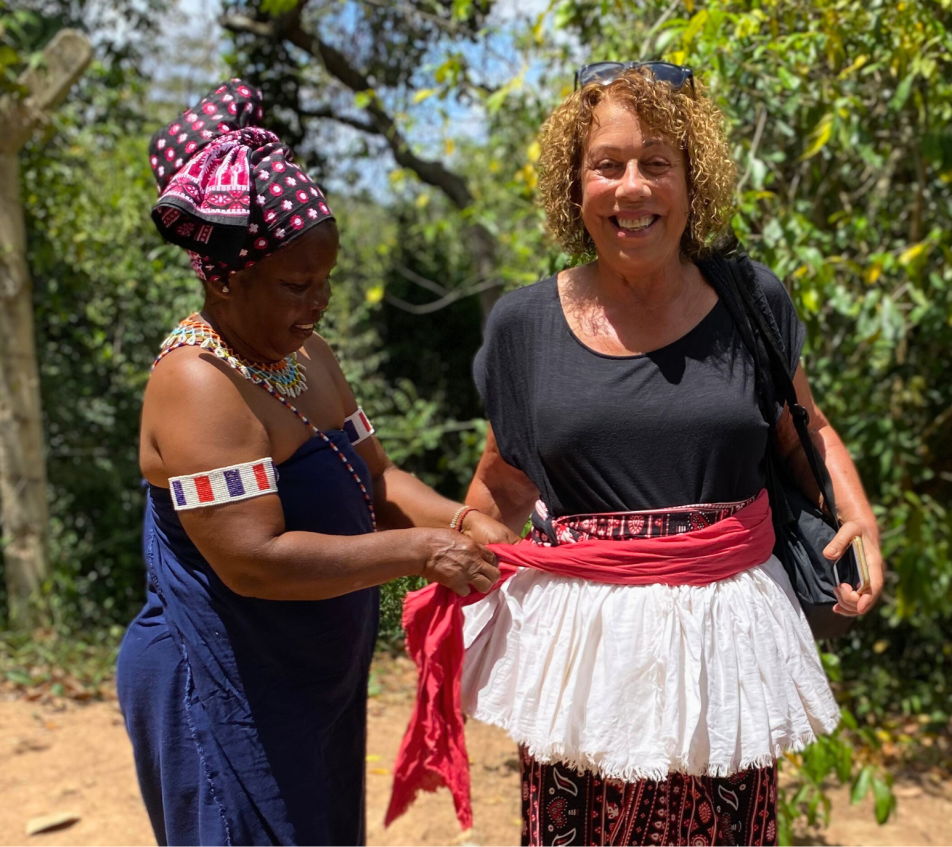
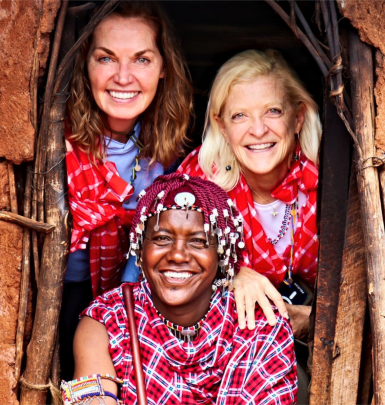


No comments yet.